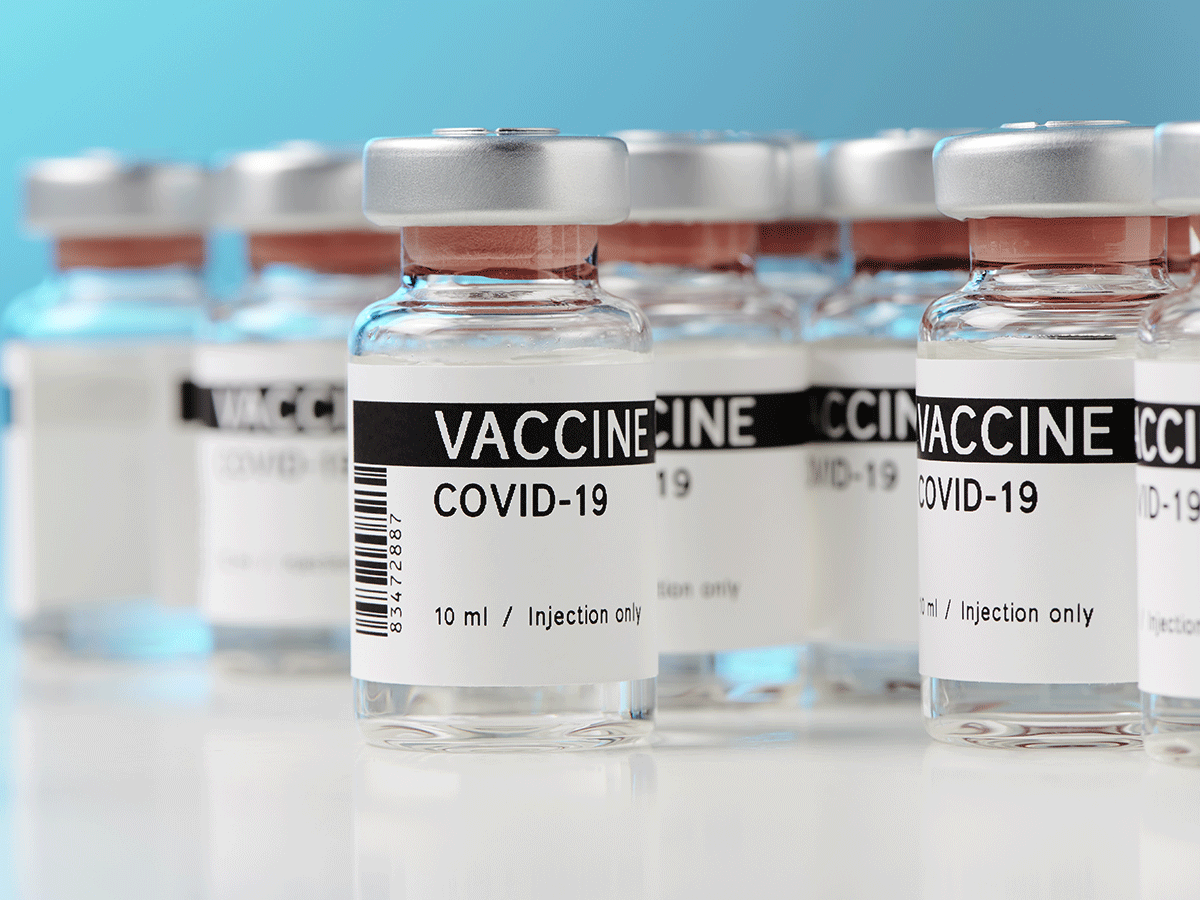
Researchers at the University of Michigan have developed a diagnostic pill that binds to breast cancer cells and lights up when exposed to near-infrared rays. They successfully demonstrated the concept in mice. Diagnosis of cancer is critically important for its effective treatment. In general, there are two types of cancers benign and malignant. In simple words, benign tumours are slow growing and harmless, on the other hand, the malignant tumours are the harmful ones, and they spread rapidly throughout the body. It is estimated that one-third of the women subjected to breast cancer treatment have benign tumours. So these women have to undergo the painful procedures of surgery or the chemotherapy similar to malignant tumours that are life-threatening. Some of the treatable tumours remain hidden under a fat tissue and results in the death of the patients. This new method not only detects such undetected tumours but also clearly distinguishes between benign and malignant tumours.
What happens during a mammogram?
In a mammogram, the patient’s breast is hard pressed and exposed to the X-rays. Then the physician searches for the visible lumps in the breast tissues. If the lumps are not visible, then the patient has to be subjected to an invasive procedure involving a needle and followed by a biopsy.
Current methodology for detection of Breast Cancer
The current procedure involves patients to swallow a pill that contains a target molecule and a fluorescent dye called fluorophore. When the patient swallows the pill, it dissolves and releases fluorophore pairs into the bloodstream. When the cancer cells undergo a transition from benign to cancerous cells and blood vessels from there is an increase in the receptors embedded in the membrane called av beta 3 integrins. The target molecules are designed in such a way that they bind to these receptors. The target molecule contains a near-infrared fluorophore attached as a linker. When compared to X-rays the near-infrared light is less harmful to the patient.
Also Read: This novel study paves the way to combat drug-resistant bacteria
This fluorophore absorbs and re-emits light and helps to image the location of the cancer cells in the breast tissue. The scientists took near infra-red light since it can penetrate deep into the tissue. But here the researchers faced a challenge to find out the right molecule for the procedure. The molecule that absorbs into the bloodstream has to be small and hydrophobic, and on the contrary, the molecule supporting imaging has to be large and water soluble. Finally, they narrowed in on a molecule that is a part of the cancer-fighting drug that does not fight cancer but can bind to the tumour cells. Also, since the sensitivity of the process is very high, even less absorption of the pill is sufficient when compared to typical drugs. The team successfully demonstrated the procedure in the mouse with breast cancer where there was a visible glow in the areas with a tumour when exposed to the near-infrared light.
The Research study is published in the journal Molecular Pharmaceutics.







